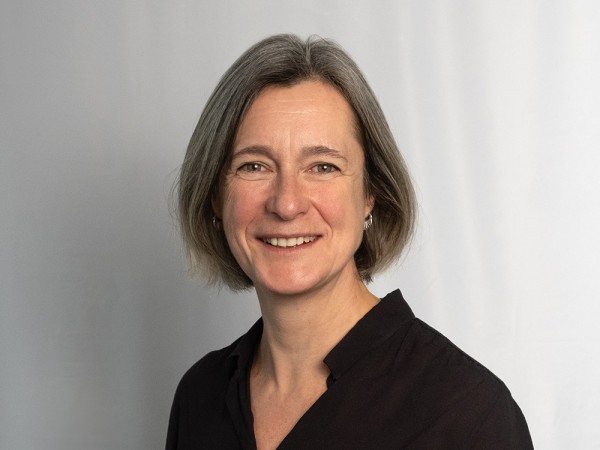Despite good water monitoring, there is only little knowledge about which pollutants can leach from urban construction and redevelopment areas possibly leading to the exceedance of environmental quality standards in urban surface waters or groundwater.
Within a three-year research contract of the Federal Environment Agency (Umweltbundesamt), a combination of product tests and on-site investigations will be carried out to determine, which building products are responsible for leaching of relevant compounds. Two construction or redevelopment areas with different properties connected to the separate sewer system of Berlin will be identified with the support of the Berlin Senate, the BIM (Berliner Immobilienmanagement GmbH) and other local contacts, and a compilation of relevant building products will be carried out.
Leaching tests: Up to fifteen relevant and representative construction materials with contact to stormwater are obtained from both selected areas and are analyzed in the laboratory using standardized leaching tests for environmental-critical micropollutants.
Monitoring: Stormwater runoff (roof, façade, storm sewer) and infiltrated stormwater (if relevant) of the two monitoring catchments are collected as representatively as possible in order to determine concentrations and loads. The sampling will be carried out over a period of two years to capture a large spectrum of rain events to get a representative picture regarding the release of trace substances from building materials in urban areas.
Modeling: Using COMLEAM (COnstruction Material LEAching Model), the release of target contaminants from façades and roofs of both investigated areas is modeled incorporating the results of the leaching tests as well as weather data (precipitation, wind). Estimated occurrence of these compounds in stormwater runoff and surface waters will be compared with determined concentrations and loads derived from the monitoring program. In addition, weather data from Hamburg and Munich are included in additional scenario calculations in order to extrapolate results to conditions of other locations.
Guideline: Based on the results of the leaching tests, the monitoring program and the modeling, recommendations for measures and combinations of measures contributing to the reduction and avoidance of the entry of pollutants from construction materials into the urban environment are summarized in a guideline for architects, builder and planners.
Project partners:
Kompetenzzentrum Wasser Berlin (Koordinator), Hochschule für Technik Rapperswil, Berliner Wasserbetriebe
Supported by Berlin Senate Department for Urban Development und Housing, City Planning, Brigitte Reichmann.

- Emissions from Building Materials - A Threat to the Environment?
- Emissions from building materials - concentration of micropollutants and heavy metals in stormwater runoff of two new development areas in Berlin (Germany)
- Guter Umgang mit Regenwasser – ein Leitfaden für Nachhaltiges Bauen. Vermeidung von stofflichen Belastungen im Regenabfluss von Gebäuden. Leitfaden mit 3 Maßnahmensteckbriefen (Fassade, Dach, Grundstück)
- Bauen und Sanieren als Schadstoffquelle in der urbanen Umwelt - Abschlussbericht BaSaR



